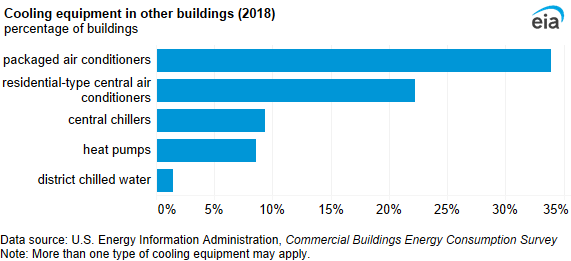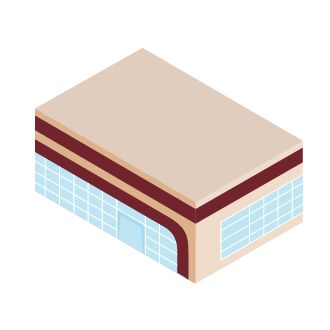 2018 CBECS: Principal Building Activities
2018 CBECS: Principal Building Activities
Other
The other category includes laboratories and other miscellaneous buildings that do not fit into any other activity category. It also includes buildings that are industrial or agricultural with some retail space and buildings with several different commercial activities that, together, make up 50% or more of the floorspace, but whose largest single activity is agricultural, industrial, manufacturing, or residential.

We publish two subcategories of other buildings:
- Laboratory
- Other, which includes airplane hangars, broadcasting studios, crematoriums, telephone switching facilities, agricultural with some retail space, manufacturing or industrial with some retail space, data centers, and public restrooms, locker rooms, or changing areas
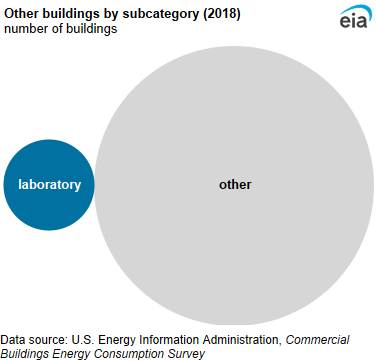
Laboratories accounted for 10% of other buildings. The rest of the other subcategories have been combined into the other category.
Almost two-thirds (65%) of other buildings were less than 10,000 square feet. On average, other buildings were 21,500 square feet per building.
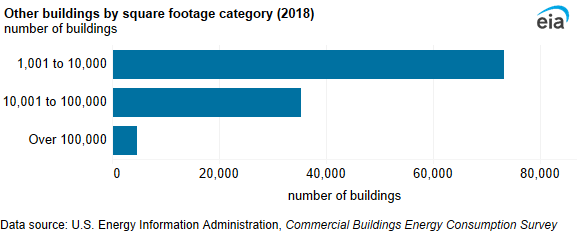
Energy use in other buildings
Other buildings used 328 trillion British thermal units (TBtu) of energy in 2018. Although other buildings accounted for 3% of total commercial floorspace, these buildings accounted for 5% of energy consumption in commercial buildings. Electricity was the most-used fuel (239 TBtu), followed by natural gas (48 TBtu). The mean energy intensity for other buildings was 134.8 thousand British thermal units (MBtu) per square foot.
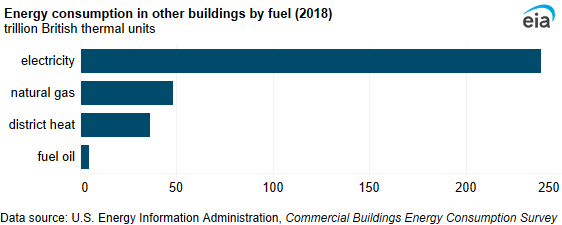
Although laboratories accounted for 10% of other buildings, 40% of energy consumption in the other building activity came from laboratories.
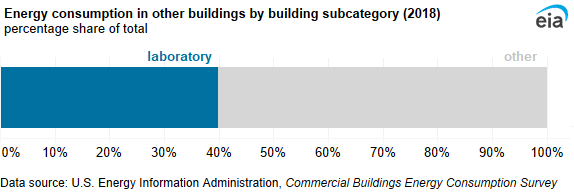
Space heating (25%) and other (27%) accounted for similar amounts of end-use consumption in other buildings. Computing accounted for about one-fifth of end-use consumption (22%). Other building activities include data centers, which centralize a large amount of computing. All other end uses each accounted for 9% or less of end-use consumption.
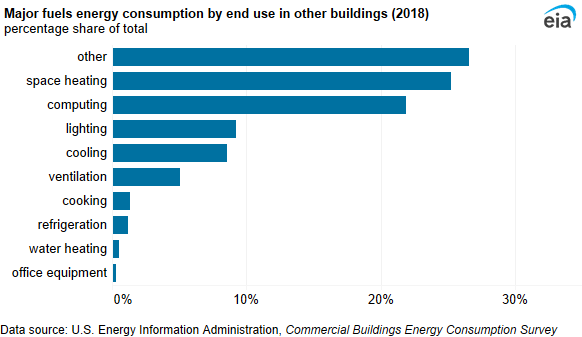
Energy intensity was highest for space heating (39.5 MBtu per square foot) and lowest for office equipment (0.5 MBtu per square foot).
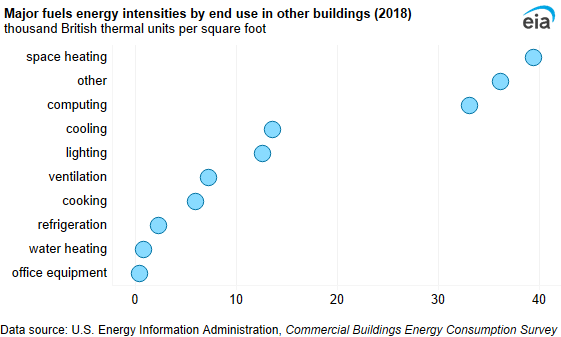
Inside other buildings
Packaged heating units were the most common heating equipment and were used in 34% of other buildings. The second-most-used heating equipment was individual space heaters (24%).
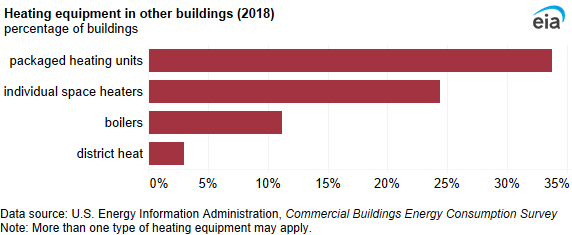
Packaged air conditioners were the most common cooling equipment (34%) in other buildings. Residential-type central air conditioners were the second-most-used cooling equipment (22%).
